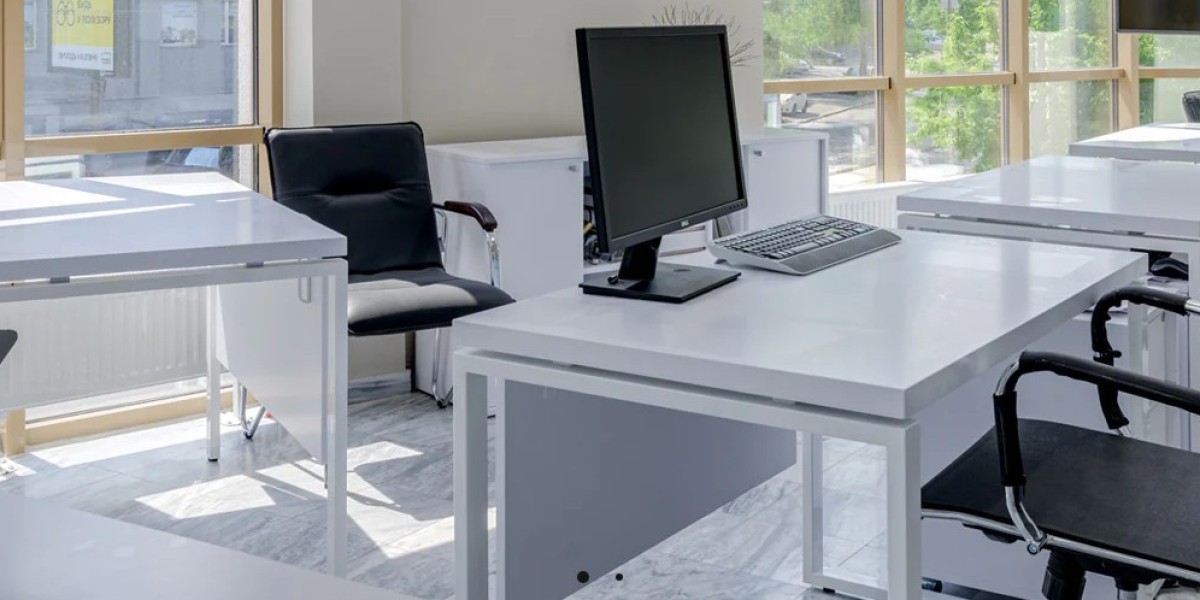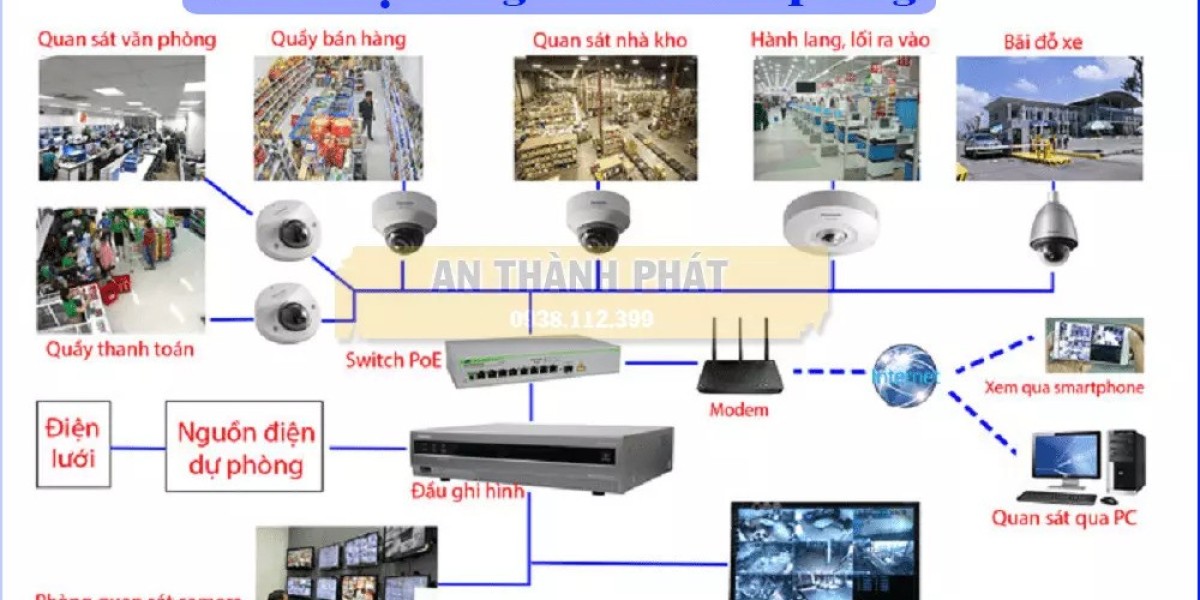Designing collaborative workspaces requires a thoughtful approach to create environments that foster teamwork, creativity, and productivity. Here’s how to design effective collaborative spaces:
1. Flexible Layouts
Modular Furniture: Use modular furniture that can be easily reconfigured to accommodate different group sizes and activities. This flexibility allows the space to adapt to various collaborative needs.
Open Floor Plans: Create open floor plans to encourage spontaneous interactions. Open spaces remove physical barriers, making it easier for employees to communicate and collaborate.
Zoning: Divide the space into different zones for various types of collaboration, such as brainstorming areas, quiet work zones, and casual meeting spaces. This ensures that each area supports the specific activities happening within it.
2. Comfortable and Functional Furniture
Ergonomic Seating: Provide ergonomic chairs and workstations to ensure comfort during long collaborative sessions. Comfortable seating can significantly improve focus and productivity.
Variety of Seating Options: Include a mix of seating options, such as lounge chairs, stools, and standing desks. This variety caters to different working styles and preferences.
Writable Surfaces: Incorporate writable surfaces like whiteboards, chalkboards, or glass walls. These surfaces are essential for brainstorming and visualizing ideas in real-time.
3. Technology Integration
Advanced AV Equipment: Equip collaborative spaces with advanced audio-visual equipment, such as large screens, projectors, and video conferencing systems. This technology is crucial for presentations and remote collaboration.
Power and Connectivity: Ensure ample power outlets and strong Wi-Fi connectivity. Easy access to power and the internet is essential for using laptops, tablets, and other devices.
Interactive Tools: Provide interactive tools like digital whiteboards or touchscreen monitors. These tools can enhance collaboration by making it easier to share and manipulate information.
4. Encouraging Creativity
Inspiring Decor: Use decor that inspires creativity, such as vibrant colors, artwork, and plants. A visually stimulating environment can spark new ideas and keep energy levels high.
Natural Light: Maximize natural light to create a bright and welcoming atmosphere. Natural light has been shown to improve mood and productivity.
Breakout Areas: Designate breakout areas where employees can take short breaks, relax, or have informal discussions. These areas can foster creativity by providing a change of scenery and a chance to recharge.
5. Acoustic Considerations
Soundproofing: Use soundproofing materials to minimize noise distractions. This is particularly important in open-plan offices where noise can be a significant issue.
Acoustic Panels: Install acoustic panels or partitions to absorb sound and reduce echoes. This can help maintain a comfortable noise level, allowing for both quiet focus and lively discussions.
Soft Furnishings: Incorporate soft furnishings like rugs, curtains, and upholstered furniture. These items can also help dampen sound and create a more pleasant acoustic environment.
6. Promoting Inclusivity
Accessibility: Ensure that collaborative spaces are accessible to all employees, including those with disabilities. This includes providing ramps, adjustable desks, and ample space for movement.
Diverse Spaces: Design spaces that cater to different needs and preferences, such as quiet rooms for introverted employees and lively areas for extroverts. A variety of spaces can make collaboration more inclusive and effective.
Cultural Sensitivity: Be mindful of cultural differences when designing collaborative spaces. This includes considering the layout, color schemes, and types of seating that may be more comfortable or appropriate for diverse groups.
7. Sustainability
Eco-Friendly Materials: Use sustainable and eco-friendly materials in your furniture and decor. This not only benefits the environment but also promotes a positive company image.
Energy Efficiency: Implement energy-efficient lighting and climate control systems. These systems can reduce operational costs and create a more comfortable working environment.
Waste Reduction: Incorporate recycling and waste reduction practices in the workspace design. Providing recycling bins and encouraging sustainable practices can enhance the overall collaborative experience.
Conclusion
Designing collaborative workspaces involves creating flexible, comfortable, and technologically advanced environments that cater to diverse working styles and needs. By focusing on ergonomic furniture, inspiring decor, advanced technology, and sustainable practices, you can foster a collaborative atmosphere that enhances creativity, productivity, and employee satisfaction. Thoughtfully designed collaborative spaces can transform the way teams work together, leading to more innovative and successful outcomes.



